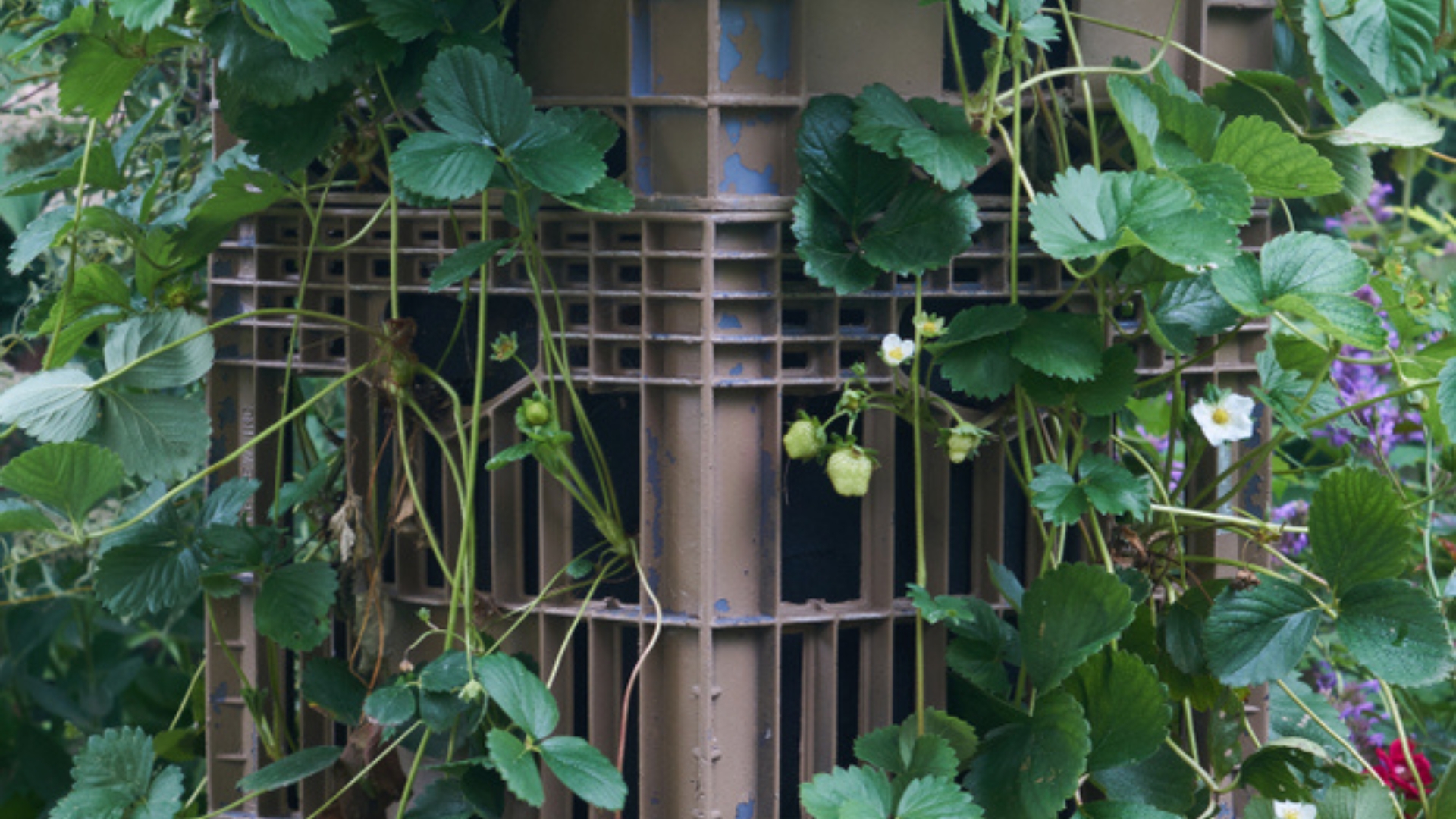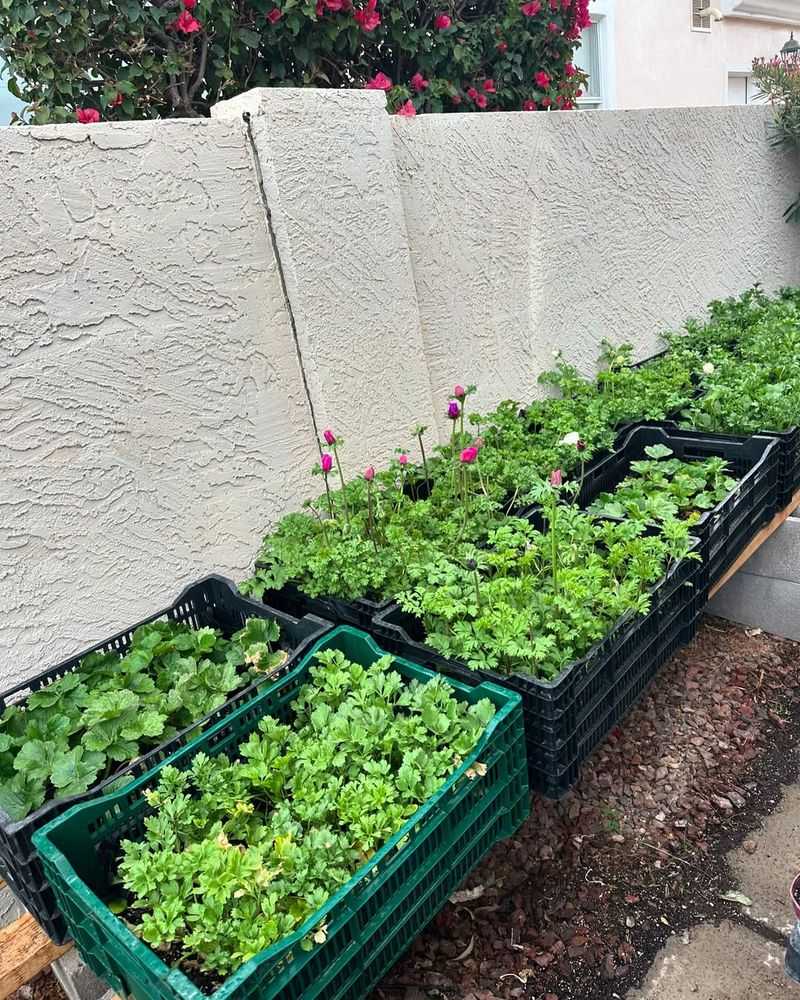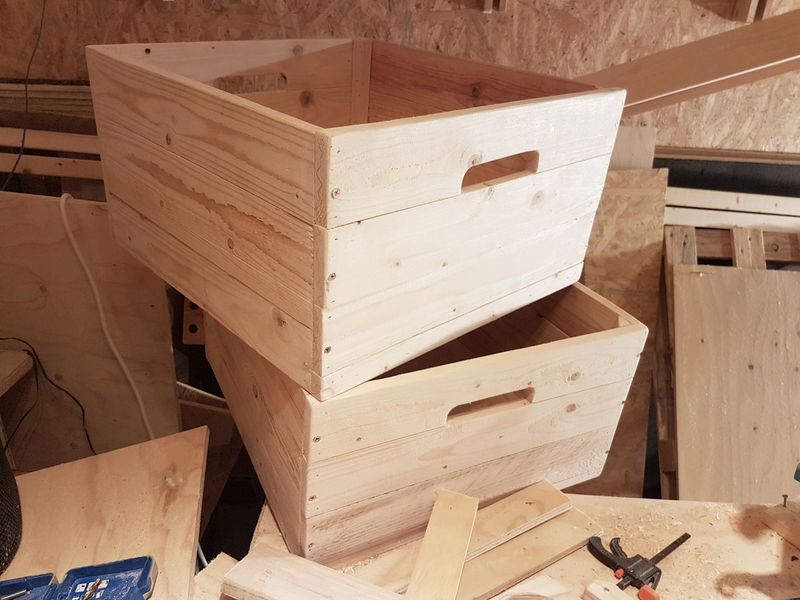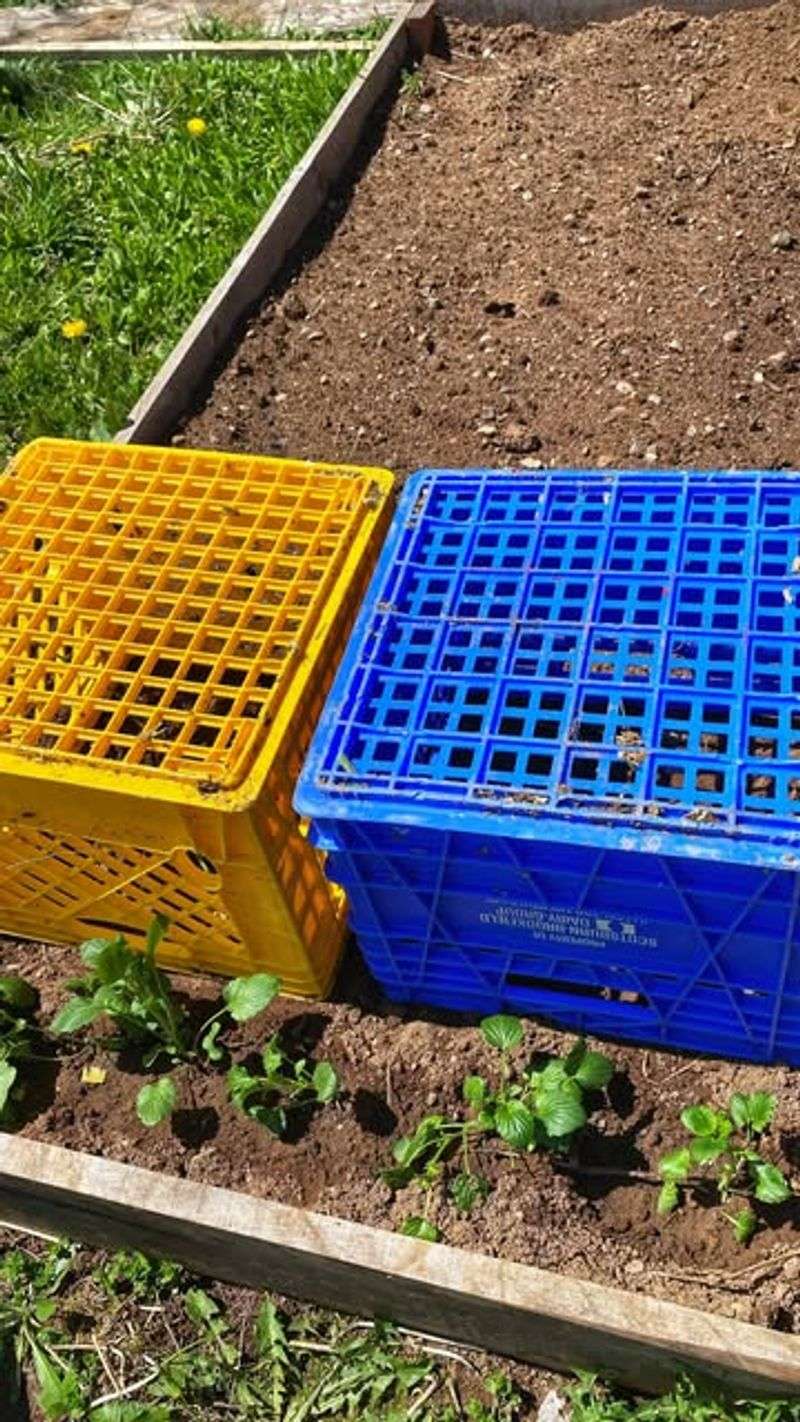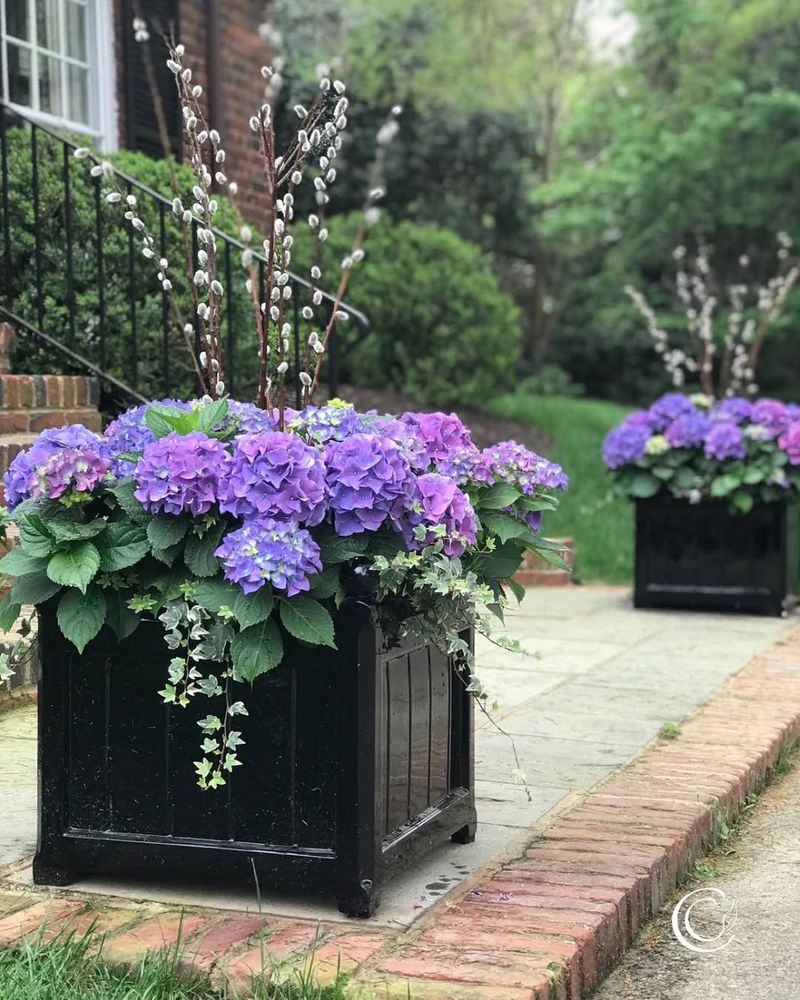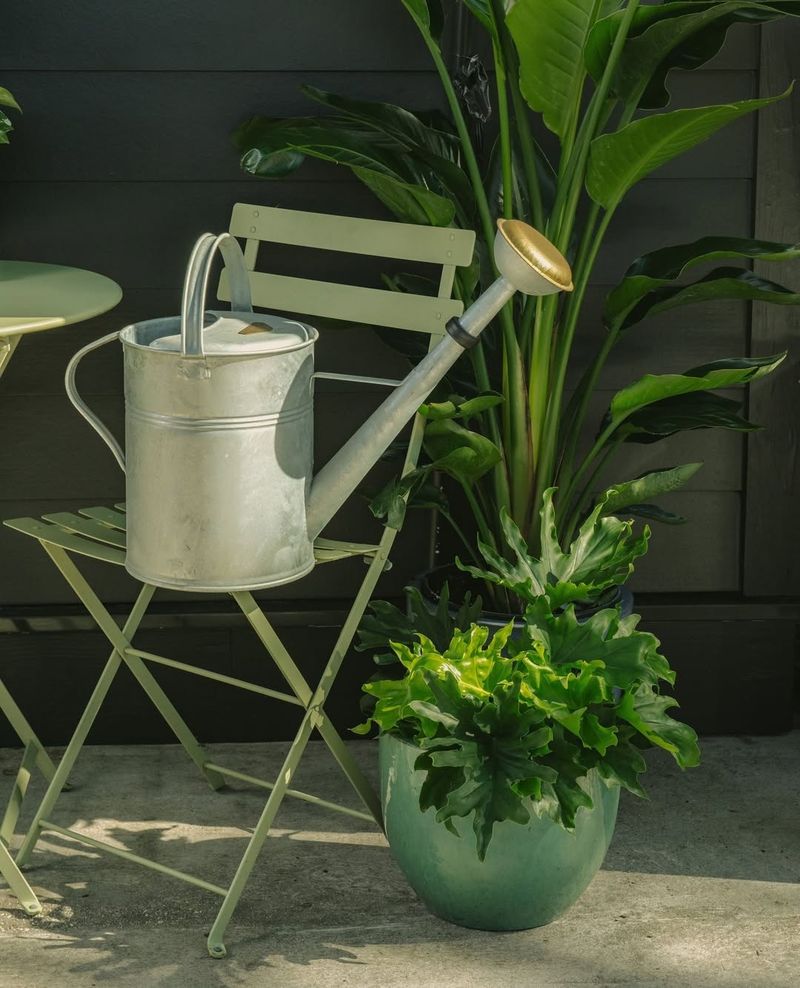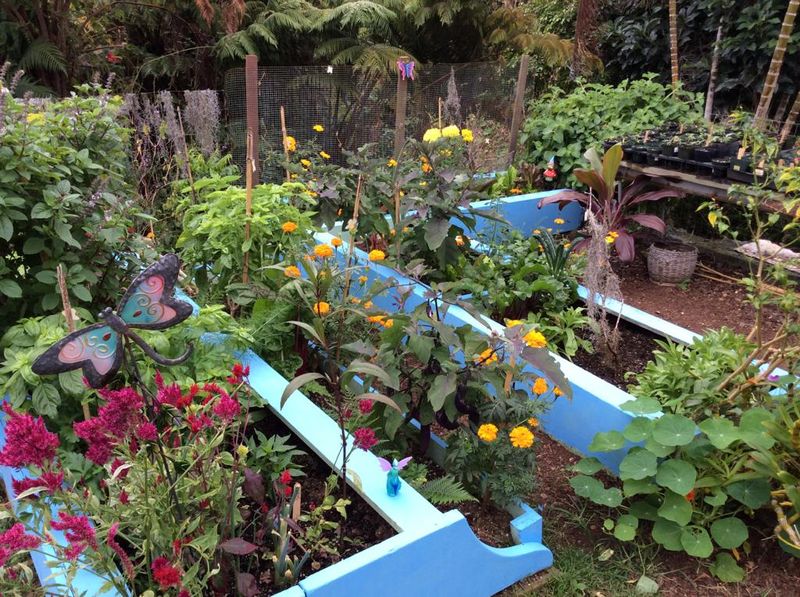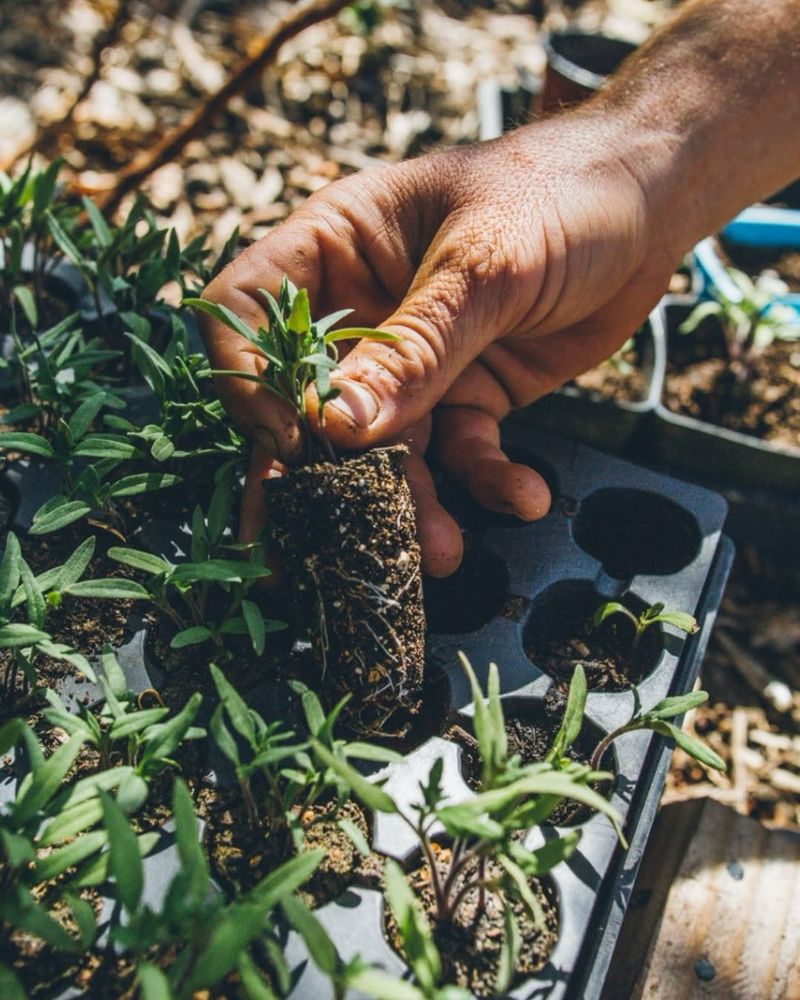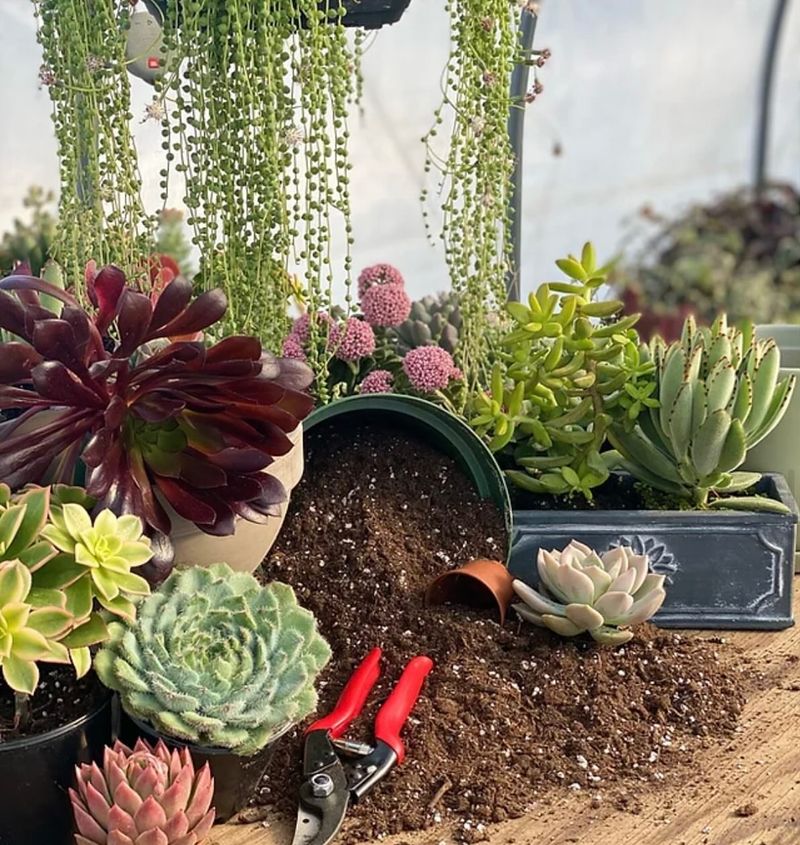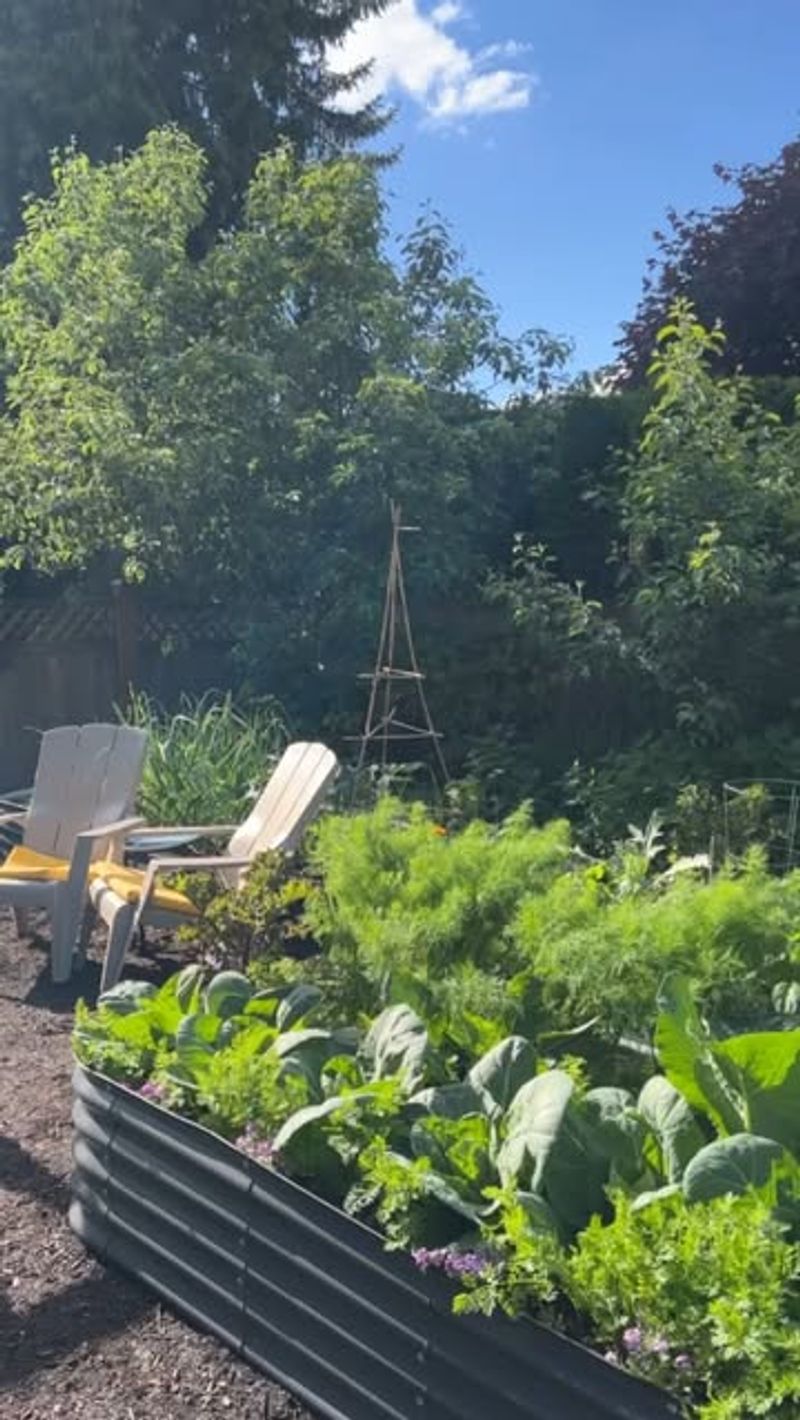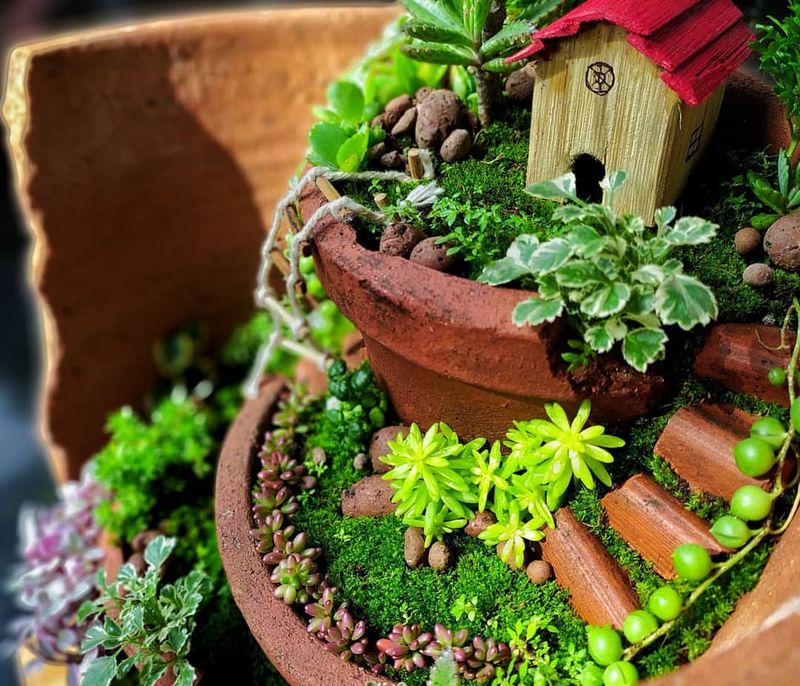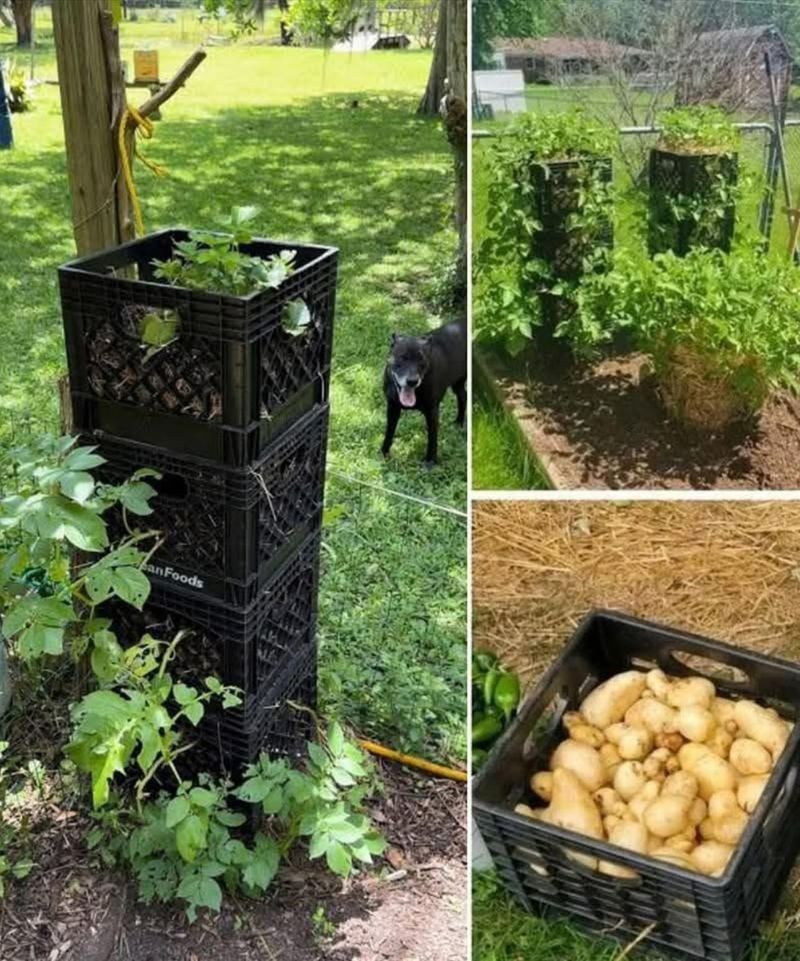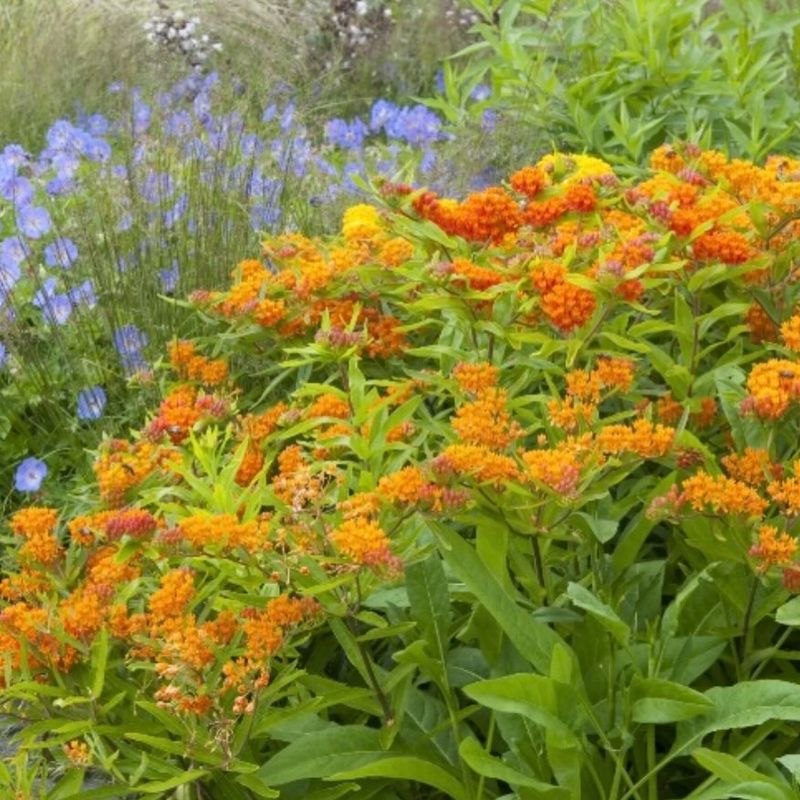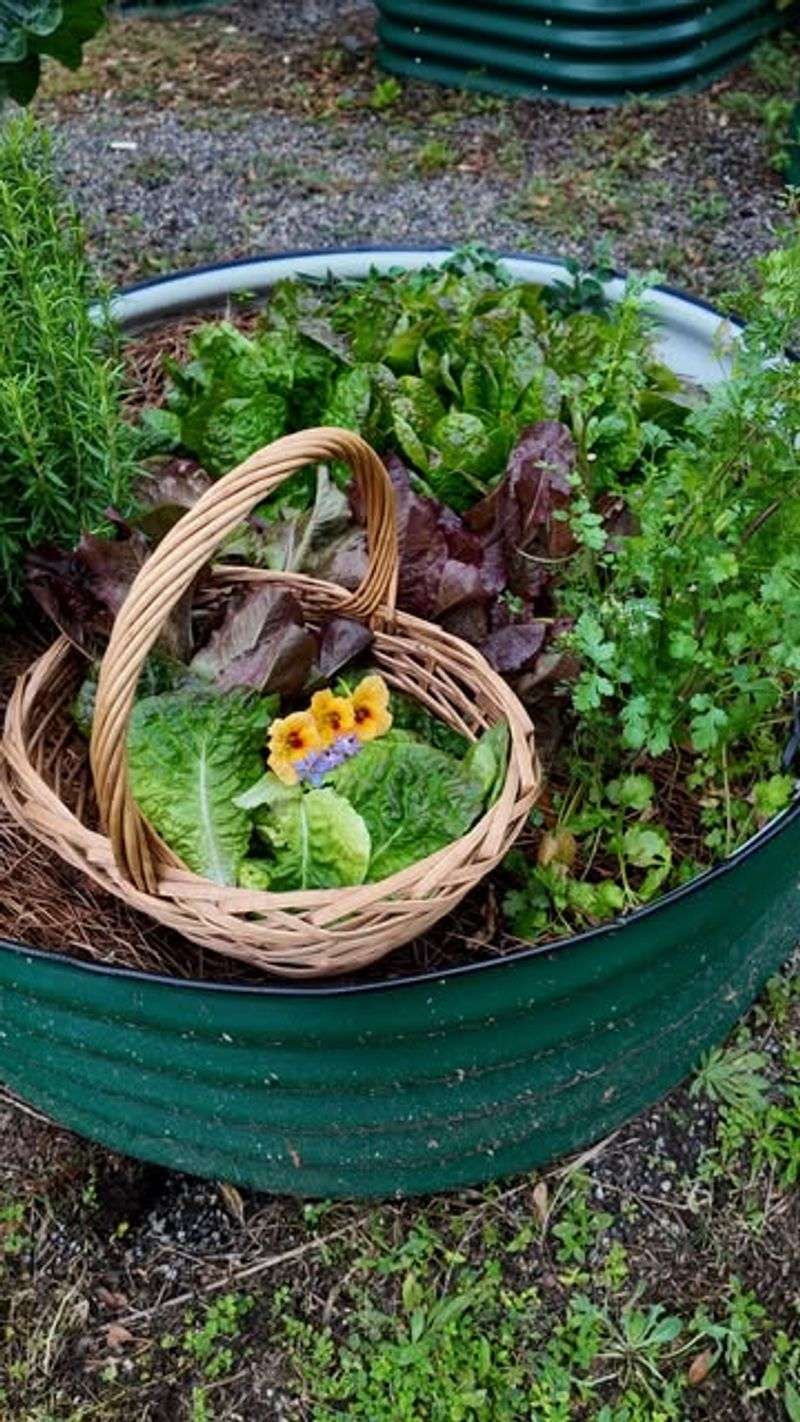Starting a garden can be a fun and rewarding experience, no matter where you live. With just a few milk crates, you can create a thriving garden space right on your balcony, patio, or even indoors. Let’s explore some creative and simple tips to get your milk crate garden growing!
1. Choosing the Right Crate
Choosing the perfect milk crate is your first step. Look for sturdy, durable crates that can hold soil and plants without breaking. They come in various sizes and colors, so pick ones that fit your space and style.
When selecting crates, examine the material and ensure it’s strong enough for gardening. This helps in providing a solid foundation for your plants. If you want to add a pop of color, try painting them in your favorite shades!
Consider the crate’s shape and size; some plants require deeper soil, so choose accordingly.
2. Preparing Your Crates
Preparing your crates is essential for a successful garden. Begin by lining them with landscape fabric to keep the soil in place while allowing water to drain.
Cut the fabric to fit inside the crate, ensuring it covers all sides. This prevents soil spillage and keeps things tidy. Secure the fabric with clips or staples to avoid slipping.
Add a layer of gravel at the bottom for drainage. This step is vital to prevent waterlogging and keep your plants healthy and thriving.
3. Soil Selection
Choosing the right soil is critical for plant growth. Opt for high-quality potting mix that provides nutrients and retains moisture.
Consider adding organic matter like compost to enrich the soil further. This will ensure that your plants have all the nutrients they need to thrive. Mix the soil well before planting to distribute nutrients evenly.
If you’re unsure, consult with local gardening experts or do some research on the best soil types for your specific plants.
4. Choosing Your Plants
Choosing the right plants for your milk crate garden is crucial. Consider plants that thrive in container settings, like herbs, tomatoes, or leafy greens.
Think about the sunlight your space receives and pick plants accordingly. Some plants need full sun, while others prefer shade.
Mix and match different types to create a diverse and vibrant garden. This not only makes your garden look beautiful but also encourages different pollinators to visit.
5. Watering Techniques
Watering your milk crate garden properly ensures healthy plants. Use a watering can with a fine spout to distribute water evenly without disturbing the soil.
Check the moisture level regularly, as container gardens tend to dry out quickly. Water in the early morning or late afternoon to minimize evaporation.
Be mindful of not over-watering, as this can lead to root rot. Let the soil dry slightly between watering for best results.
6. Sunlight Needs
Understanding your plants’ sunlight needs is key to a thriving garden. Assess the sunlight in your chosen location before planting.
Place sun-loving plants in spots with at least 6 hours of sunlight. For shade-loving varieties, select areas with dappled or indirect light.
Regularly rotate your crates to ensure even exposure and prevent plants from leaning towards the light. This keeps your garden balanced and healthy.
7. Managing Pests Naturally
Managing pests in your garden can be done naturally. Use companion planting to deter unwanted insects. For instance, marigolds can repel aphids and other pests.
Consider using natural repellents like neem oil or garlic spray. These are safe for both plants and humans and can be easily applied.
Keeping your plants healthy and free from stress also helps in reducing pest issues. Regularly check for signs of pests and act quickly to prevent infestations.
8. Fertilizing Your Plants
Fertilizing is vital for plant growth. Use organic fertilizers like compost tea or seaweed extract to provide essential nutrients.
Apply them according to package instructions to avoid over-fertilizing, which can harm plants. Regular feeding ensures that your garden remains lush and productive.
Keep an eye on your plants; if they appear stressed or discolored, they might need more nutrients. Adjust your fertilizing schedule accordingly for best results.
9. Creative Arrangements
Arrange your milk crates creatively to enhance your garden’s look. Stack them at different heights to add visual interest.
Incorporate decorative elements like pebbles or small statues to personalize your space. This makes your garden unique and inviting.
Experiment with plant placement; group tall plants with trailing ones for a balanced appearance. This not only maximizes space but also showcases your style.
10. Seasonal Planting
Planting seasonally keeps your garden productive year-round. Research the best times to plant specific vegetables and flowers in your area.
Rotate crops to maintain soil health and reduce pest issues. This practice mimics natural cycles and supports biodiversity.
Seasonal planting allows you to enjoy fresh produce throughout the year. It also gives your garden a dynamic and ever-changing appearance, keeping things exciting!
11. Incorporating Edible Plants
Incorporating edible plants adds both function and beauty to your garden. Choose easy-to-grow varieties like lettuce, strawberries, or basil.
These plants provide fresh produce that you can enjoy right from your garden. It’s a delightful way to engage with gardening and appreciate home-grown flavor.
Ensure that edible plants receive the right conditions for growth. Regularly harvest to encourage more production and keep your garden neat.
12. Adding Decorative Touches
Adding decorative touches can transform your milk crate garden into a charming oasis. Use colorful stones, fairy lights, or small wind chimes to add personality.
These elements create a festive atmosphere, making your garden a pleasant place to relax. Consider seasonal decorations to keep things fresh.
Personal touches make your garden feel like an extension of yourself. They invite joy and creativity into your gardening experience, sparking inspiration for future projects.
13. Building Vertical Gardens
Building a vertical garden maximizes limited space. Stack milk crates vertically to create a green wall, perfect for small areas.
This setup allows for more plants in less area, adding a lush, green touch to any space. Vertical gardens make a big impact visually and are quite practical.
Ensure proper support and stability to prevent tipping. Watering might be challenging, so consider drip systems for ease.
14. Maintaining Plant Health
Maintaining plant health is essential for a thriving garden. Regularly check plants for signs of disease, pests, or nutrient deficiencies.
Prune dead or damaged leaves to promote growth and prevent disease spread. This keeps your garden looking fresh and vibrant.
Keep an eye on watering and feeding schedules to meet your plants’ needs. Healthy plants reward you with bountiful blooms or harvests, making your efforts worthwhile.
15. Harvesting Techniques
Harvesting is one of the joys of gardening. Use sharp scissors to snip herbs and vegetables gently, avoiding damage.
Harvest regularly to encourage more growth and prevent overcrowding in your crates. This ensures continuous production throughout the season.
Handle your produce with care to keep it fresh longer. Enjoy the fruits of your labor by incorporating them into delicious meals or sharing with friends and family.

